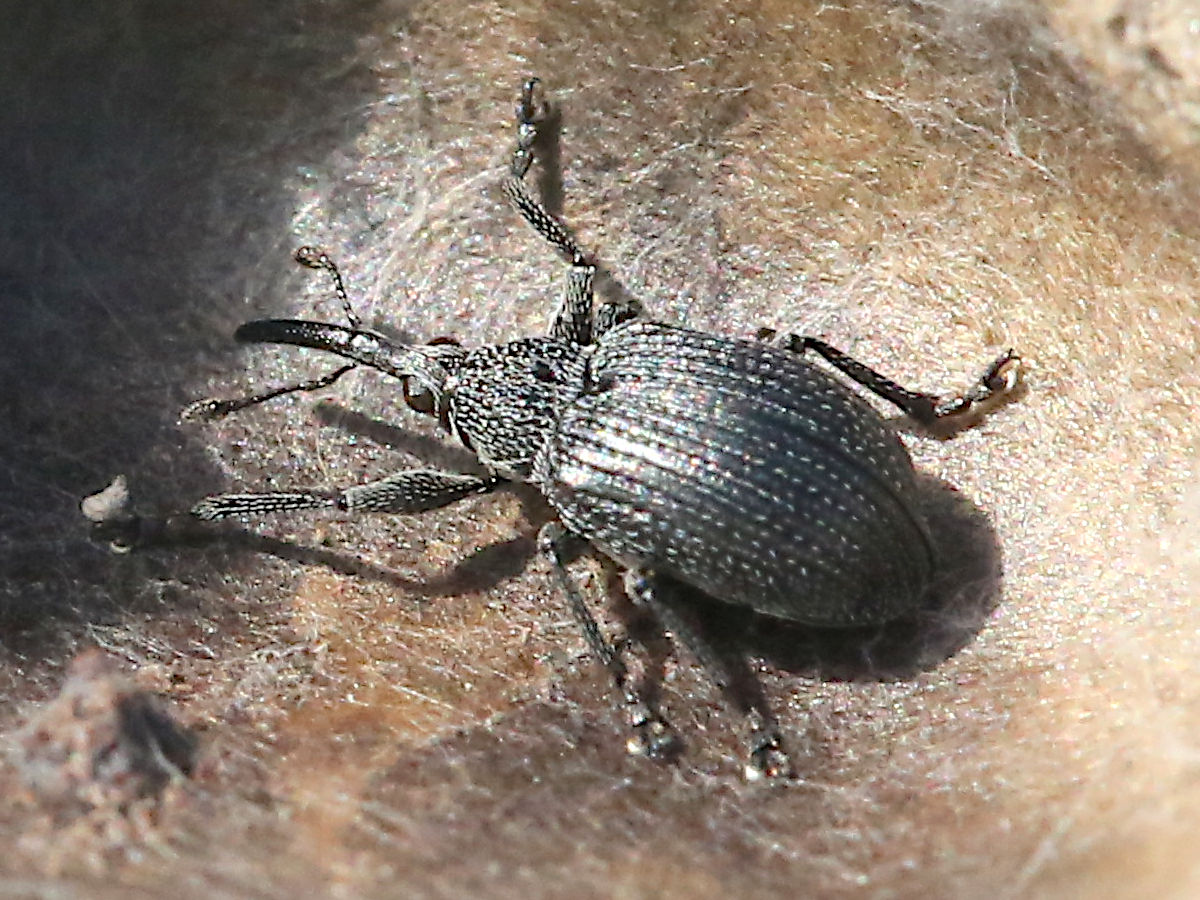Baptisia Alba on:
[Wikipedia]
[Google]
[Amazon]
 ''Baptisia alba'', commonly called white wild indigo or white false indigo, is a
''Baptisia alba'', commonly called white wild indigo or white false indigo, is a
 ''Baptisia alba'', commonly called white wild indigo or white false indigo, is a
''Baptisia alba'', commonly called white wild indigo or white false indigo, is a herbaceous
Herbaceous plants are vascular plants that have no persistent woody stems above ground. This broad category of plants includes many perennials, and nearly all annuals and biennials.
Definitions of "herb" and "herbaceous"
The fourth edition of ...
perennial
In horticulture, the term perennial ('' per-'' + '' -ennial'', "through the year") is used to differentiate a plant from shorter-lived annuals and biennials. It has thus been defined as a plant that lives more than 2 years. The term is also ...
plant in the bean family Fabaceae
Fabaceae () or Leguminosae,International Code of Nomen ...
. It is native in central and eastern North America, and is typically found in open woodland areas and prairies with tall grasslands.Petersen, Chris E., Renee E. Petersen, and Rachel Meek. "Comparison of common factors affecting seed yield in the congeners, Baptisia alba and Baptisia bracteata." ''Transactions of the Illinois State Academy of Science'' 99.1 (2006): 31-36.
The plant is typically tall, but can be taller, with white, pealike flowers.
There are two varieties, ''Baptisia alba'' var. ''alba'' and ''Baptisia alba'' var. ''macrophylla''.
Description
Leaves have alternate arrangement, and aretrifoliate
The following terms are used to describe leaf morphology in the description and taxonomy of plants. Leaves may be simple (that is, the leaf blade or 'lamina' is undivided) or compound (that is, the leaf blade is divided into two or more leaflets ...
, narrow, and oblong. The leaves are compound and share a common stalk. White flowers occur from a long spike inflorescence
In botany, an inflorescence is a group or cluster of flowers arranged on a plant's Plant stem, stem that is composed of a main branch or a system of branches. An inflorescence is categorized on the basis of the arrangement of flowers on a mai ...
. The white flowers that bloom from the spike inflorescence are '' Paplilonaceous'' flowers which are identifiable by their irregular shape and five flower petals that have bilateral symmetry. Blooming occurs from April to July, earlier in the southern part of the range. The species is native to grasslands
A grassland is an area where the vegetation is dominated by grasses (Poaceae). However, sedge ( Cyperaceae) and rush ( Juncaceae) can also be found along with variable proportions of legumes such as clover, and other herbs. Grasslands occur ...
, but is grown in some gardens. It favors moist soils.
''Baptisia alba var. alba'' (syn. ''B. pendula'') can be differentiated from ''B. alba var. macrophylla'' (syn. ''B. lactea'' and ''B. leucantha'') on the basis that the former occurs only in the southeastern US and has fruits that hang downward when ripe.
''Baptisia alba'' is described as a facultative upland plant in all parts of its range.
Ecology
''B. alba'' is a host plant for caterpillars of the wild indigo duskywing butterfly and the indigo stem borer moth. Bumblebees pollinate the flowers.Predation
One of the main predators and factors in the reproduction of ''B. alba'' are theTrichapion rostrum
''Trichapion rostrum'', the baptisia seed pod weevil or wild indigo weevil, is a species of weevil in the family Brentidae.
Description
Adult is entirely black. Its namesake elongated snout is called a rostrum, and has antennae attached near its ...
, commonly referred to as the Wild Indigo Weevil, or Baptisia Seed Pod Weevil which are a type of beetle with an elongated snout that predate on the pre-dispersed ''B. alba'' seeds. The Weevils utilize the ''B. alba'' flowers and seeds by inserting their eggs into the fruit of the ''B. alba'' plant by creating an opening at the base and pushing their eggs into the fruit itself where they feed on the seeds of the plant until they develop and emerge from the fruit. The weevils can be found on the pods of the ''B. alba'', inserting their eggs, just before their pods open up and begin to bloom. The inserted weevil offspring uses the seeds of the ''B. alba'' pod while they grow inside the pod until they reach full development. The seed production of ''B. alba'' is impacted by seed predation which can cause ''B. alba'' to abort damaged fruits that are frequented by predators in order to give more nutrients to healthier seed pods to increase their chance of survival.
Toxicity
The species can be fatal to cows that ingest the plant. It can cause irritation to humans and is possibly poisonous.References
{{Taxonbar, from=Q4857581alba
''Alba'' ( , ) is the Scottish Gaelic name for Scotland. It is also, in English-language historiography, used to refer to the polity of Picts and Scots united in the ninth century as the Kingdom of Alba, until it developed into the Kingd ...
Flora of the Great Lakes region (North America)
Flora of the Great Plains (North America)
Flora of the Northeastern United States
Flora of the Southeastern United States
Flora without expected TNC conservation status